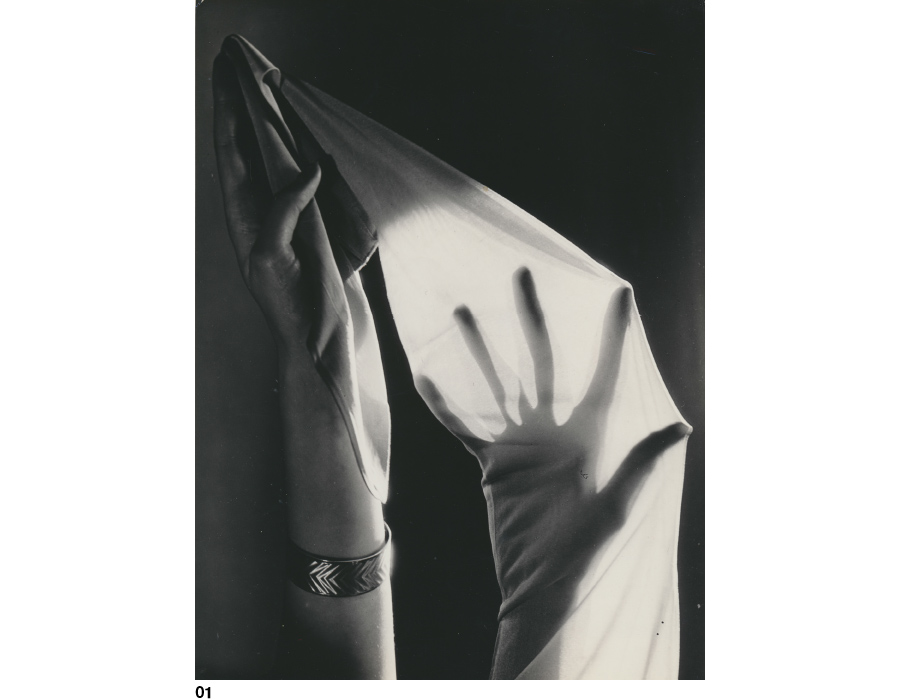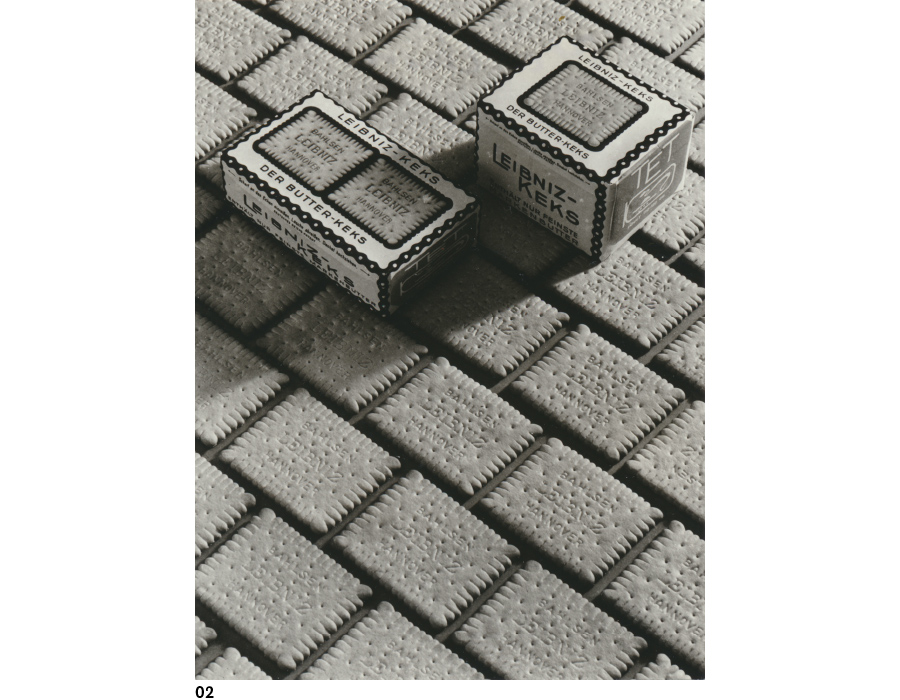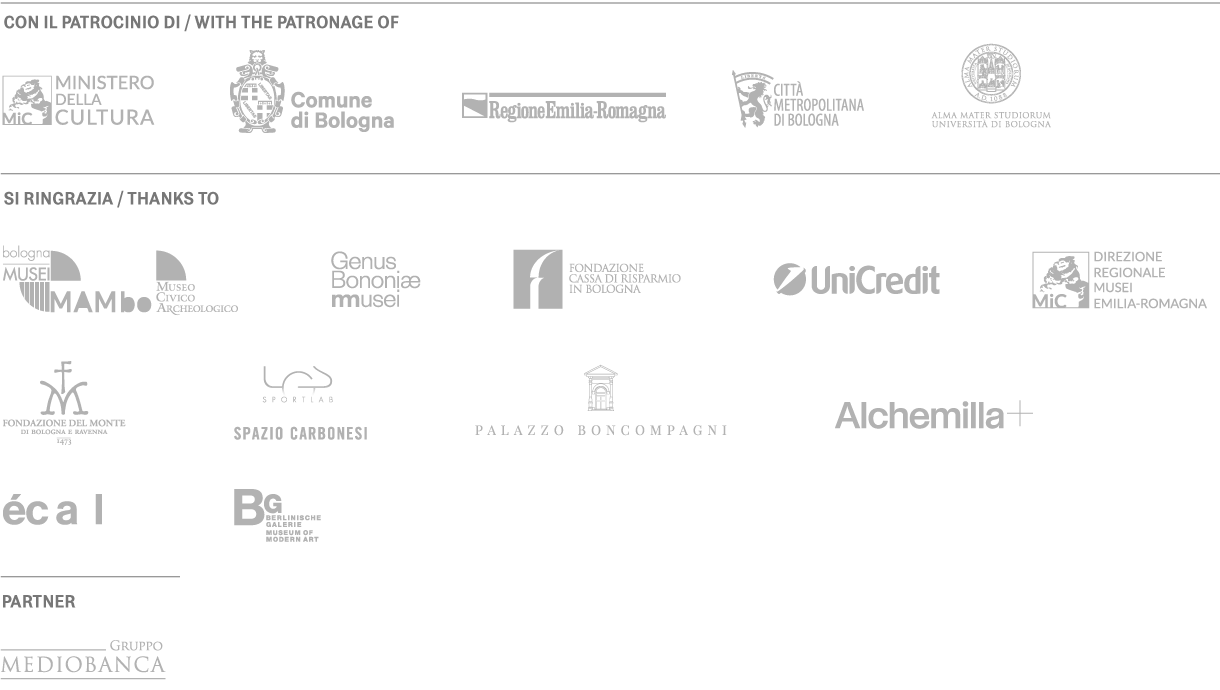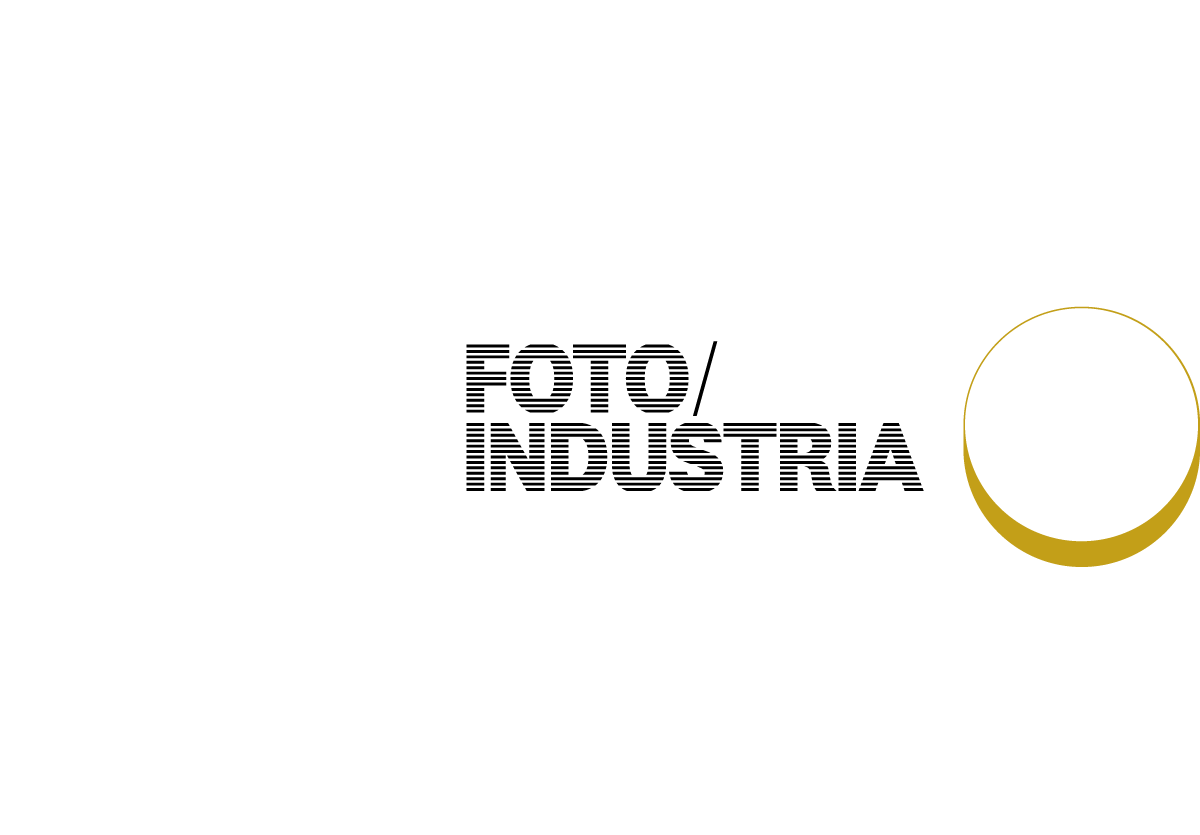
HEIN GORNY
NEW OBJECTIVITY AND INDUSTRY COLLECTION REGARD
Hein Gorny was a much sought-after industrial and commercial photographer in Germany. Many of his industrial commissioners, such as Pelikan (producer of stationary, founded in 1839), Bahlsen (industrial biscuit bakery, founded in 1889) and Rogo (manufacturer of hosiery and nylons, founded in 1886), attached high value to modernity, aesthetics and design, not only in terms of their architecture, production structures and products, but also in terms of their visual representation.
Gorny’s imagery draws on the photographic tendencies propagated in association with the theories of the Bauhaus and the Deutscher Werkbund. As the precursor of the well-known Bauhaus, the latter had been promoting “the good form” in art, industry and craftsmanship since 1907 with a view to positive retroactive effects on the living environment. In 1929, the Werkbund introduced avant-garde photographic positions to the public in the broad travelling exhibition Film und Foto.
Laura Benz
Location
Genus Bononiae
Museo della storia di Bologna
Via Castiglione, 8
Whereas New Vision explored the outer limits of the visible with an experimental approach to light and materials, in New Objectivity the specific qualities innate to photography were considered essential to an objective representation of the world.
What these new tendencies in photography had fostered – a new way of looking at and depicting the industrialized world – is shown most clearly in a number of experiments that he produced on his own or peripherally to commissions. Macro photographs and repeating, serial arrangements foregrounded the workmanship and form of the depicted items and at the same time created compositions verging on the abstract.
How these principles of design were applied is particularly evident in the product photography. In these compositions Gorny intentionally employs dynamic structures but maintains the legibility of the image as a primary focus. Ultimately, standardized forms of representation were intended to underline their objectivity and to enable the viewer to quickly grasp the depicted products in terms of purpose and quality.
Another important motif was the production process itself. Such images highlighted working conditions alongside modern architecture and ultimately served the purpose of illustrating the forward-looking and socially responsible orientation of the companies.
Laura Benz



